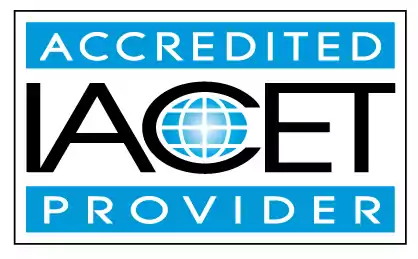Demonstrate how theory is reflective in the child care environment.
This page demonstrates how theory is reflective in the child care environment. It covers the requirements and programs such as Child Care Subsidy, Child and Adult Food Program, MSDE Child Care Credential, Tiered Reimbursement, and the Child Care Career and Professional Development Fund. Explore the crucial elements that shape the early childhood education and child care centers.Trainings incorporating this outcome
CDA Subject Areas
Proficiency Level
Topic Areas
120 hours courses
102 hours courses
45 hours courses
3 hours courses
Related Outcomes
- Identify and understand the requirements of Child Care Subsidy (POC), Child and Adult Food Program, MSDE Child Care Credential, Tiered Reimbursement, and the Child Care Career and Professional Development Fund
- Demonstrate how theory is reflective in the child care environment for infants and toddlers.
- Explain how theory is reflective in the child care environment.
- Demonstrate an understanding how to maintain a safe environment under the guidance of the Office of Child Care Regulations.
- Identify factors that may influence learning for a child in the family child care environment.
- Demonstrate an understanding of the importance of schedules and consistency in a child care environment.
- Identify responses to typical daily child care scenarios with solutions that are aligned with Child Care Regulations
- Demonstrate understanding of optimal room arrangements for family child care settings and their components.
- Describe strategies and experiences to promote collaboration between child and youth care professionals and programs and other professionals involved in the care and education of all children and youth.
- Demonstrates understanding of an appropriate family child care curriculum
- Demonstrate understanding of developing strategies for involving parents in the child care setting.
- Demonstrate an understanding of the overall cost of child care
- Demonstrate understanding of the ADA and how it applies to family child care homes.
- Demonstrate understanding of inclusionary practices for cerebral palsy in the child care setting.
- Demonstrate understanding of inclusionary practices for conduct disorder in the child care setting.
- Demonstrates understanding of the ADA and how it applies to family child care homes
- Describe the importance of monitoring the family child care environment for potential risks.
Related Articles
- Michigan Child Care Providers and the Child and Adult Care Food Program (CACFP)
- MSDE: Child Care Providers- H & H Child Care Training Center Is Here for You!
- Understanding the Requirements for Michigan Child Care Assistants in Family Child Care Homes
- California Child Care Resource Center (CCRC) Subsidized Child Care Payment Program
- Maryland Child Care Training Voucher Program: Empowering Child Care Professionals
- Family Child Care/ Home Daycares Eligible for MD Child Scholarship Funding
- Creating Safe and Nurturing Environments in Child Care Settings
- ASTHMA AND ALLERGIES Caring for Children with Asthma and Allergies in Child Care Facilities
- Child Care Virginia Resources
- Invest in Your Future: How a CDA Credential Can Boost Your Child Care Career in Maine
- Launching Your Leadership Journey: Child Care Director in Texas
- Fostering Resilience in Children: A Key Role for Child Care Providers
- The Benefits of the CDA Credential for Minnesota Child Care Providers
- Essential Resource for Child Care Providers: Free Emergency Preparedness Plan
- Why the CDA Credential is Essential for South Carolina Child Care Leaders and How ChildCareEd Makes Getting There Easier
- Top 10 Common Mistakes to Avoid When Applying for the CDA Family Child Care Credential
- The Importance of SIDS Training for Child Care Providers
- Enhancing Communication with Families in Child Care: Building Strong Partnerships
- Master Child Care Administration with ChildCareEd
- End-of-Year Tax Savings Tips for Family Child Care Providers
 12 CEUs
12 CEUs